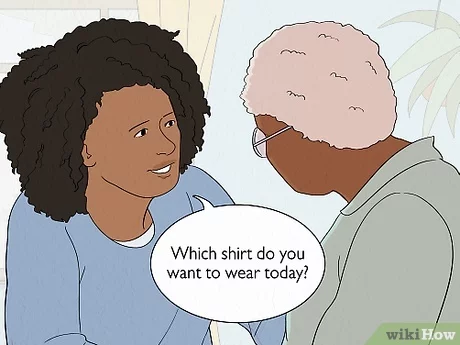Dementia is often seen as an elderly person’s disease but it can also hit you at a young age. People suffering from dementia also have problems with cognition, thinking and comprehension.
There is also such a thing as mild cognitive impairment and mild behaviour impairment which is basically a milder form of dementia. Spotting changes can help by administrating preventive changes before things get worse. There are a few primary behaviours that you can look for that could signify dementia: (excerpt taken from The Conversation)
- Lack of interest/indifference
Indifference or apathy is a decline in interest in what used to interest a person before. An apathetic person may lose interest in friends or family activities or lack curiosity in things that would have interested them in general. They may also appear to unemotional and callous as to other people’s feelings.
- Affective dysregulation
Someone who shows this may be sad or have mood instability or be anxious about daily mundane activities.
- Lack of impulse control
If a person is agitated easily, irritable or temperamental this could also be a sign that they are unwilling to see other people’s views. They could also have obsessive disorder or compulsions like shoplifting for instance.
- Being socially inappropriate
These include people not caring how they behave or not bothering about the impact of their words on others. They also tend to discuss personal matters with strangers and appear to lack empathy in general.
Although there is no cure for dementia identifying who is at risk can help as treatment can be done earlier and preventive measures put in place in advance.
According to one study eating ultra processed food from more than 20% of your daily calorie intake can contribute to overall cognitive decline. It affects areas of the brain involved in executive functioning which is the ability to process information and make decisions.
Read More News
The Exorcist: Believer makes $2.9 million in box office previews
The photo above is from Wikihow






